A substantial portion of krill escapes occur in the front large mesh section of the trawl body
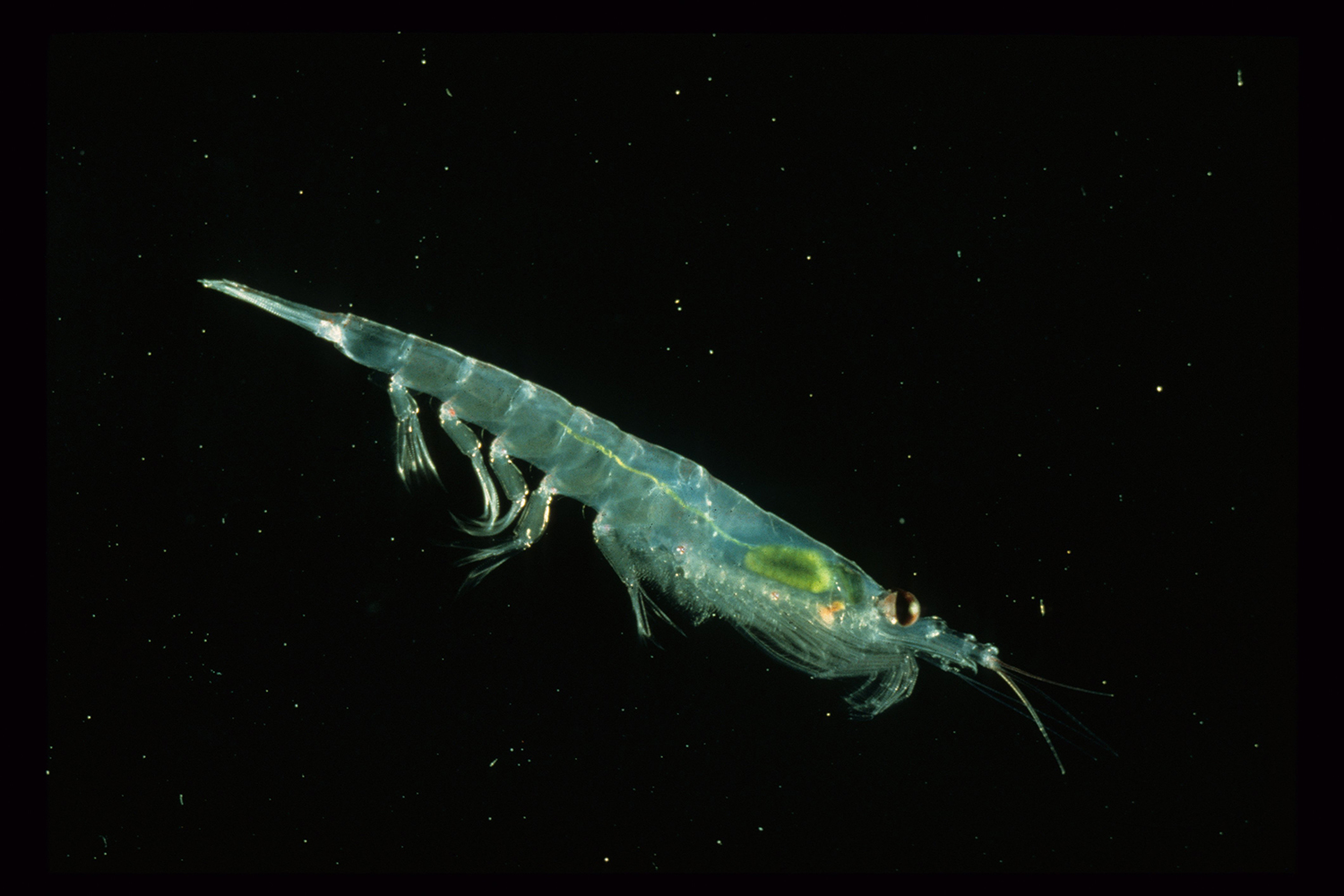
Antarctic krill (Euphausia superba) plays a crucial role as a keystone species within the Southern Ocean ecosystem. Its estimated biomass is approximately 100 million tons, and it is the primary target of commercial trawl fisheries in the Southern Ocean, with recent landings reaching approximately 400,000 tons. Currently, commercial krill trawls commonly feature low tapered constructions with small-mesh liners fitted in the trawl body and the cod end to reduce catch loss through mesh openings.
For liners, there are two strategies for the arrangement and mesh size of liners. One strategy is fitting small mesh (16 mm) liners that almost cover the whole trawl to minimize catch loss, such as the pelagic otter trawl used by Chinese trawlers and the pelagic beam trawl used by the Norwegian trawlers. The other strategy involves segmented degrading of the mesh size of the liner netting, starting from the front or middle of the trawl.
Krill are planktonic organisms, and like other smaller invertebrates, they tend to display a more limited response to the stimuli presented by netting. The size selection resembles a sieving process, with individuals meeting the netting frequently in random orientations. However, krill also displays the ability to move horizontally and vertically in the water column at high speeds for limited periods. These different arrangements and mesh sizes of liners result in various fishing performances, resulting in krill escaping through mesh openings and retention in the cod end. Therefore, it is crucial to have detailed knowledge of the escaped krill during fishing operations to enhance trawl design, but assessing the animals that escape from the front part of a trawl can be difficult.
This article – summarized from the original publication (Wang, Z. et al. 2023. The Escape Intensity and Its Influencing Factors in Antarctic Krill (Euphausia superba) Passing through Large Mesh at the Front End of a Commercial Trawl. J. Mar. Sci. Eng. 2023, 11(12), 2370) – reports on research that utilized the pocket net method to examine the liner’s impact on catch loss, and to evaluate the intensity of krill that escaped through the larger mesh at the front end of the trawl.
Study setup
Sea trials were conducted onboard a Chinese commercial trawler, and a total of 25 hauls for sea trials were towed in the area between the Antarctic Peninsula and the South Shetland Islands.
The commercial trawl is a four-panel door-operated pelagic trawl. The main dimensions of this trawl include a stretched perimeter of 300 meters at the mouth and a total stretched length of 132.8 meters. The wing is 20 meters long with a mesh size of 400 mm. The trawl body is 88.8 meters long, and evenly divided into 11 sections.
The liner (16 mm mesh size) was equipped from the second section to the end of the trawl body. Two pocket nets were bound on the outside of the netting to collect all krill escapees that passed through the mesh opening. One was located at the rear of the first section (400 mm mesh size, no liner) at around 10 meters from the headline; the other was located at the front of the second section (200 mm mesh size, with a 16 mm liner) at around 12 meters from the headline. The pocket nets have a steel opening frame of 0.2 m × 0.2 meters to keep the mouth from opening, and the main frame was covered by a 5 mm mesh size netting (Fig. 1).
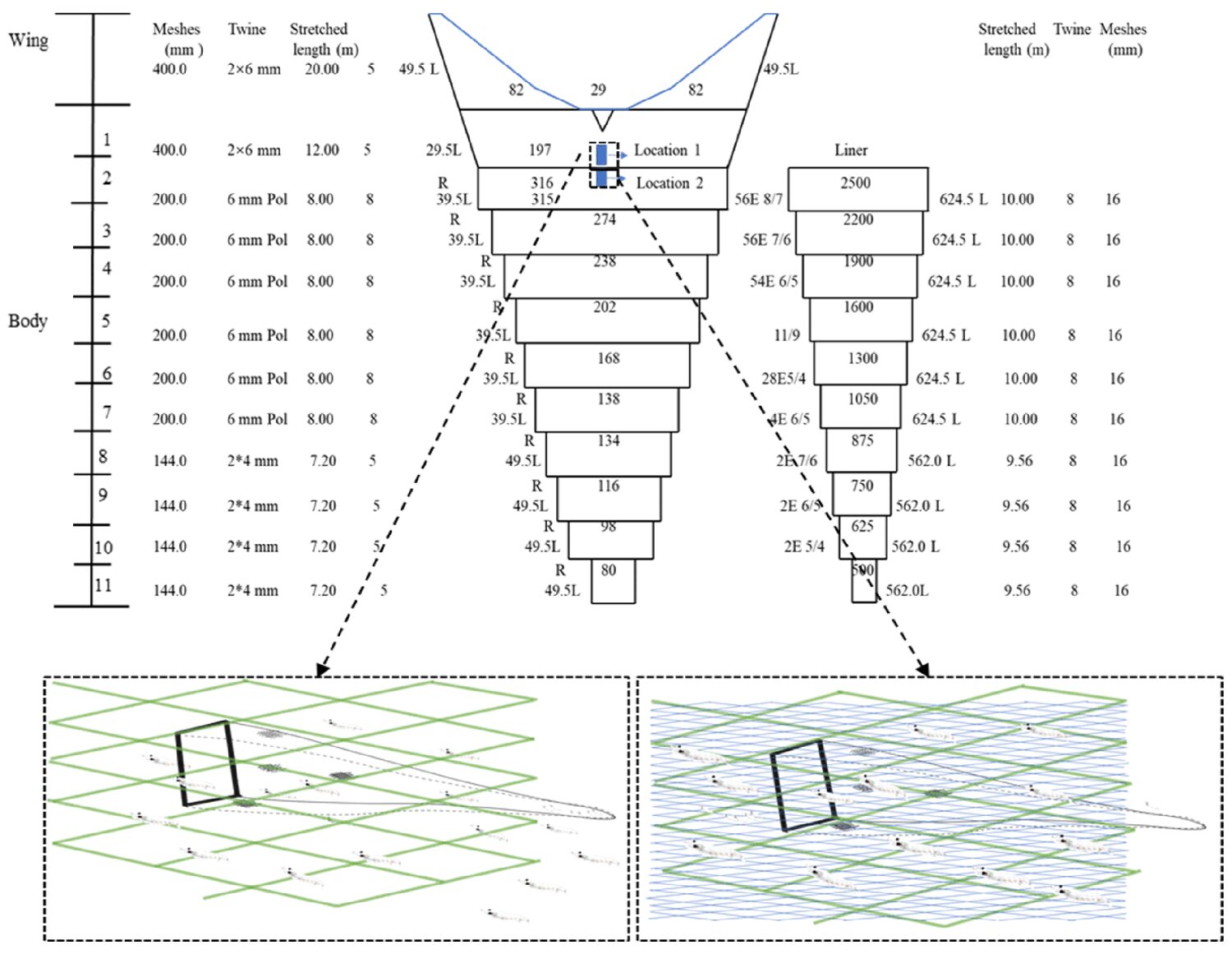
For each haul, 200 individual krill were sampled from both the pocket nets and the cod end, respectively. Otherwise, all krill were sampled if the total number of krill in the pocket net was less than 200 individuals. In addition, we measured the body length of each krill from the front of the eye to the tip of the telson (tail).
For detailed information on the trawls, equipment used, data collection and analyses, refer to the original publication.
Results and discussion
Regarding the effect of liners on krill escapement through mesh, we observed that only a small number of krill managed to evade capture in the second section of the trawl body equipped with a 16 mm liner. Conversely, a substantial quantity of krill was collected in the pocket net located at the rear of the first section, lacking a liner. Thus, we concluded that a considerable number of animals escape through the large mesh in the first section of the trawl body. Therefore, liners should be equipped from the front part of the trawl body to reduce krill catch loss. For the mesh size of the liner, we found that almost no krill escaped through 16 mm mesh size liners entering the pocket net at location 2.
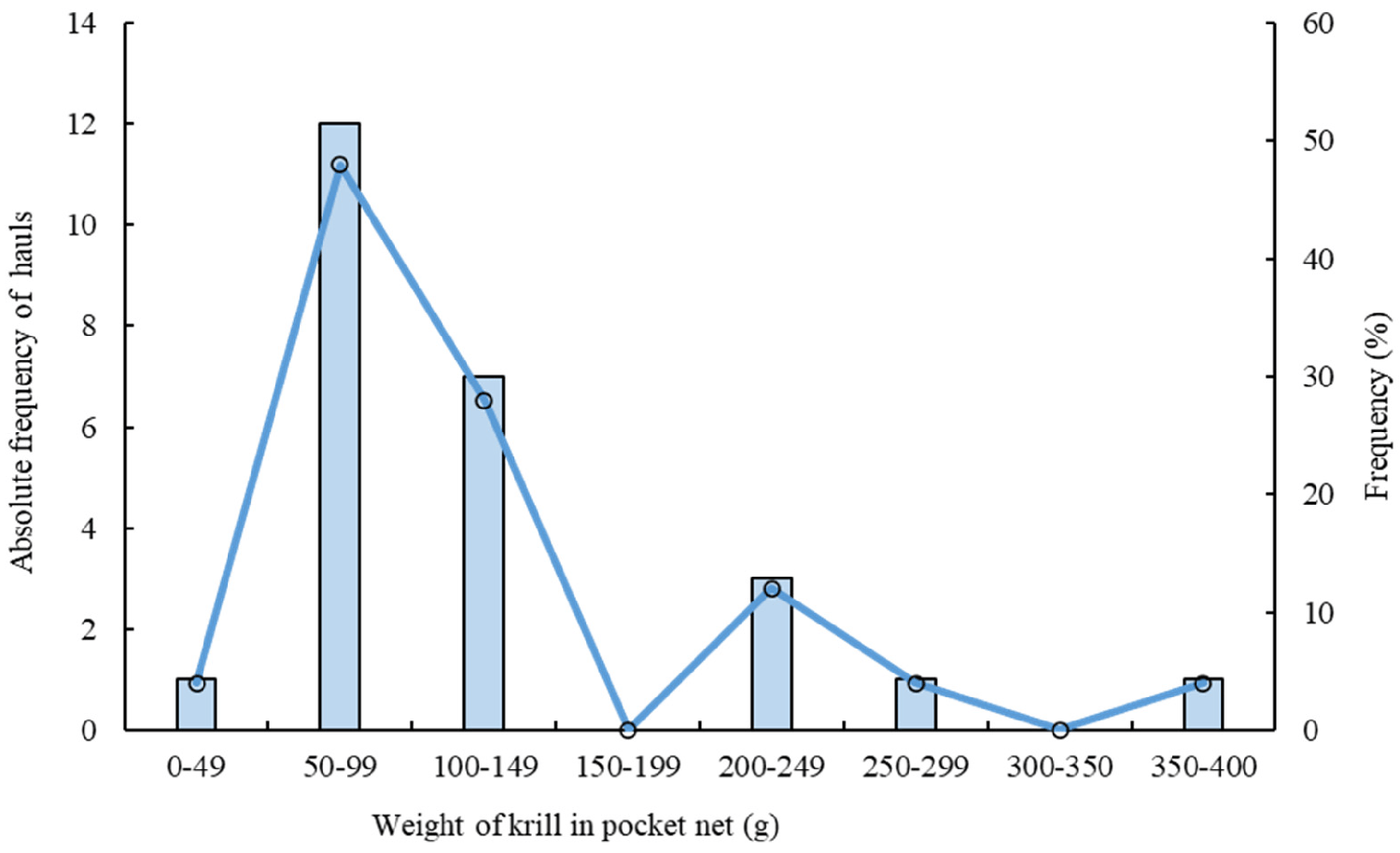
Krill are robust and mostly survive after escaping through the net mesh opening. The escaped small krill becomes a supplement to the resource population and provide food sources for other animals. Thus, considering commercial krill trawls are typically low tapered constructions over 100 meters in length, the segmented degraded mesh size of the liner will be a better strategy to release juvenile krill before entering the cod end. However, the mesh size of the specific configuration of the liner needs to be determined in future research.
Krill has a relatively small body size, with the maximum body length caught in commercial krill trawls being around 60 mm. Therefore, krill can swim freely through the rope and large-mesh sections. Although krill tends to display a more limited response to stimuli presented by netting, these sections still herd the krill into the small-mesh sections (or sections with liners) and enter the cod end. Along the path from the mouth area to its small-mesh part, the krill density increases by about 8-fold to 16-fold compared with its concentration outside the trawl. In this study, we found that fewer escapes occurred during the day hauls in shallow fishing depths compared to at night in deep fishing depths. Moreover, the escape intensity of the krill was length-related.
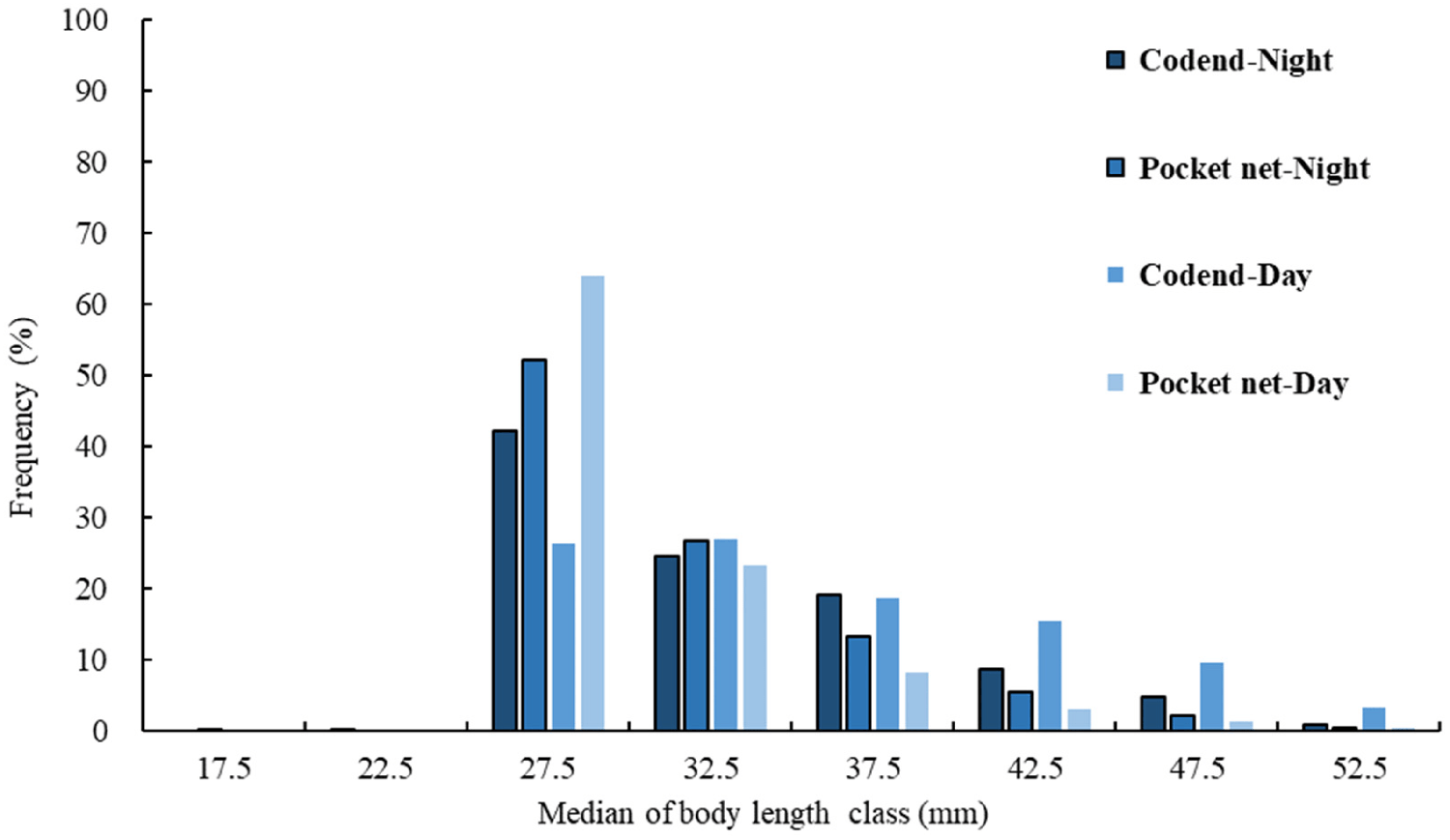
Krill swarms in small areas could be classified according to the diurnal cycle (day-night) and the layer of the swarm. This classification also showed some separation based on krill size and maturity, but such a separation was not obvious. This discovery was confirmed by our finding that there were no significant differences in the body length frequency of krill retained in the cod end between the day and night. However, there was a significant diurnal difference in the percentage similarity index of body length composition between the pocket net and the cod end. The frequency of small krill individuals of less than 30 mm in body length collected in the pocket net was significantly higher during the day. Data analysis also showed that the diurnal (day-night) pattern significantly influenced the escape intensity of the krill and that the escape intensity of the krill decreased with increased fishing depth.
These findings suggest that the daily pattern and fishing depth affect the escape intensity of krill due to the visual reaction of krill to the netting panel. Similarly, trawl netting exerts visual pressure on the krill, forcing them to move away from the netting panel. During the day in shallow fishing depths, krill can see the twine of the netting more easily and keep away from the netting. Conversely, krill would fail to perceive the netting due to low light levels, which reduce visual clues regarding netting presence. Thus, krill are more likely to contact the netting and enter the pocket net of the haul in deep water at night.
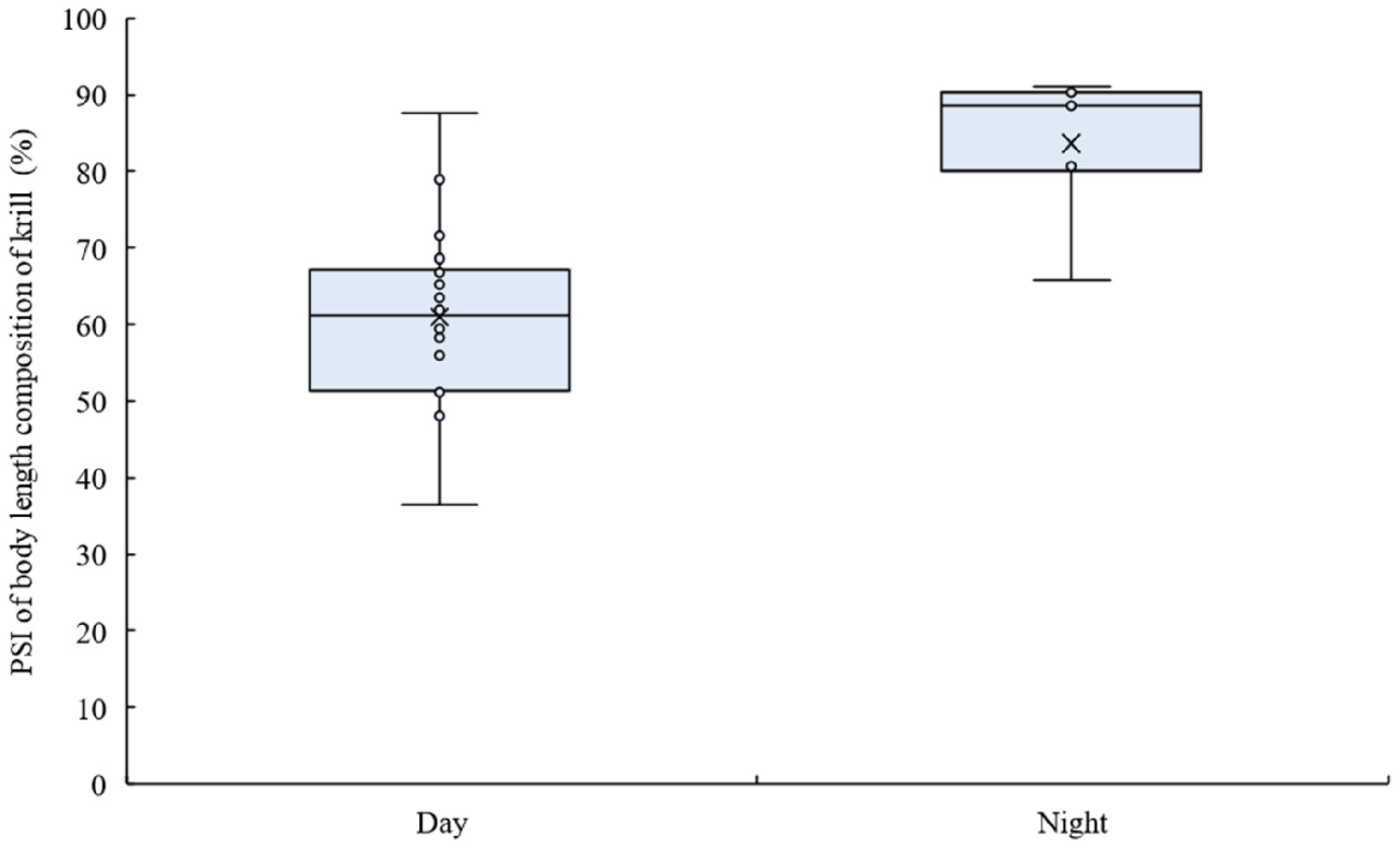
We also found a positive correlation in the weighted mean body length of krill between the pocket net and the cod end. However, the weighted mean body length of the krill in the pocket net was significantly smaller than that in the cod end of the same haul. These findings indicate that visual stimulation affecting krill escape was body length-related. Previous studies showed that krill often react with a tail-flip response, darting backward by tail-swimming at a high speed away from the stimulus, with the backward velocity positively related to the body lengths of the krill. Larger individual krill have better response capability and swimming speed than smaller ones. Thus, larger krill can move away quickly and avoid contacting the netting. Therefore, the frequency of krill over 30 mm in the pocket net at location 1 was less than that in the cod end. Along with the general trend, the escape intensity of the krill decreased with the increase in size of the cod end, although there was a slight increase when the weighted mean body length of the krill was over 38 mm.
What aquafeed ingredients can substitute for krill meal? Research team develops a method to find out
Perspectives
This study investigated the escape intensity of krill that passed through the large mesh at the front end of a commercial trawl. The results showed that a substantial fraction of krill escaped in the front large mesh section of the trawl body. In addition, the 16 mm mesh size of liners in the front part effectively reduced catch losses. Therefore, almost no krill over 30 mm escaped through the mesh opening entering the pocket net at location 2. Moreover, the retention probability of the krill in the cod end, particularly for larger individuals, was higher during the day than at night.
These findings provide insight into the design of krill trawls and indicate that liners should be equipped from the front part of the trawl body. Meanwhile, the mesh size and arrangement of liners in krill trawls still need further investigation to determine the quantitative mesh size of the liner in different sections of the trawl.
Now that you've reached the end of the article ...
… please consider supporting GSA’s mission to advance responsible seafood practices through education, advocacy and third-party assurances. The Advocate aims to document the evolution of responsible seafood practices and share the expansive knowledge of our vast network of contributors.
By becoming a Global Seafood Alliance member, you’re ensuring that all of the pre-competitive work we do through member benefits, resources and events can continue. Individual membership costs just $50 a year.
Not a GSA member? Join us.
Author
-
Dr. Hao Tang
Corresponding author
College of Marine Sciences, Shanghai Ocean University, Shanghai 201306, China
Tagged With
Related Posts
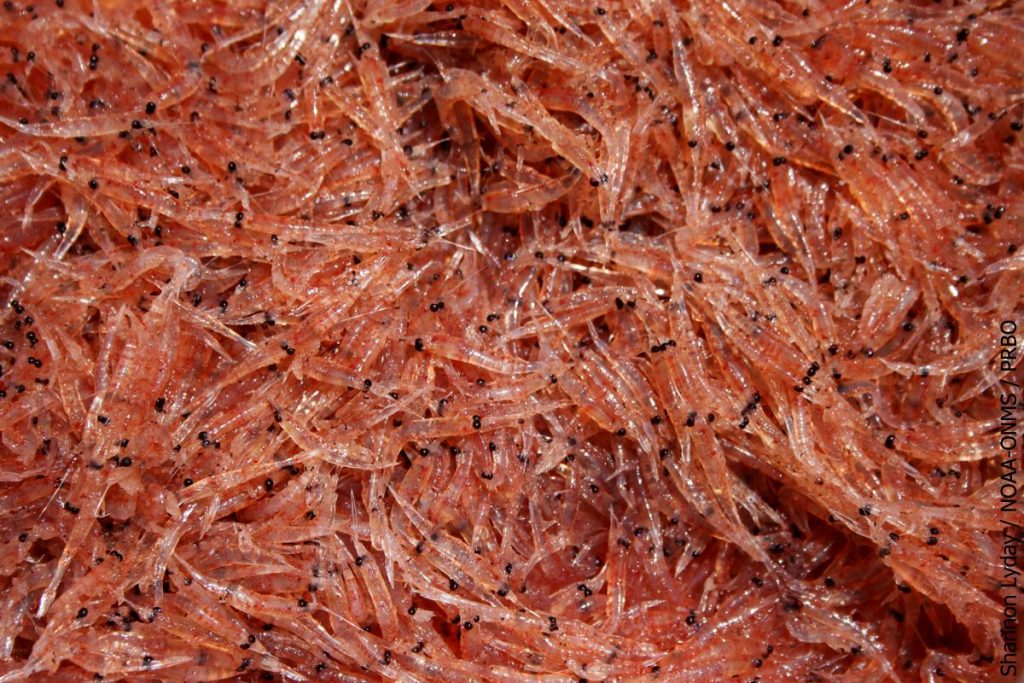
Fisheries
A review of bycatch in the Antarctic krill trawl fishery
Understanding the significance of bycatch is critical to managing Antarctic krill, a keystone species and the largest fishery in the Southern Ocean.

Aquafeeds
Aquaculture Exchange: Andrew Jackson, IFFO
Aquaculture remains dependent on fishmeal and fish oil, crucial marine ingredients in aquafeeds, particularly at key life stages. Andrew Jackson, technical director at IFFO and one of the world’s foremost fishmeal experts, tells the Advocate that the two industries can coexist well into the future if properly managed.
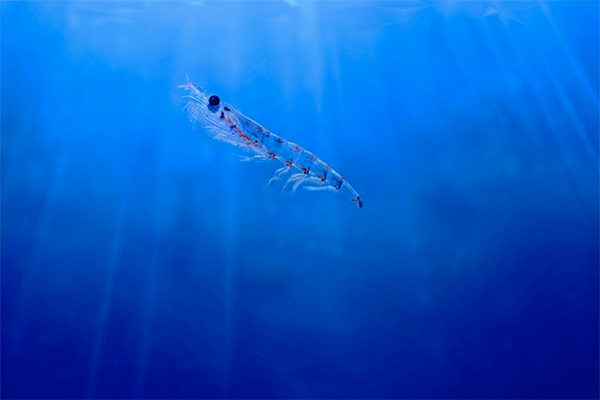
Aquafeeds
Canada approves importation license for krill-based ingredient Qrill Aqua
CFIA this week approved imports of Norway-based Aker BioMarine’s Qrill Aqua, a krill meal product and aquafeed ingredient that boosts fish performance.
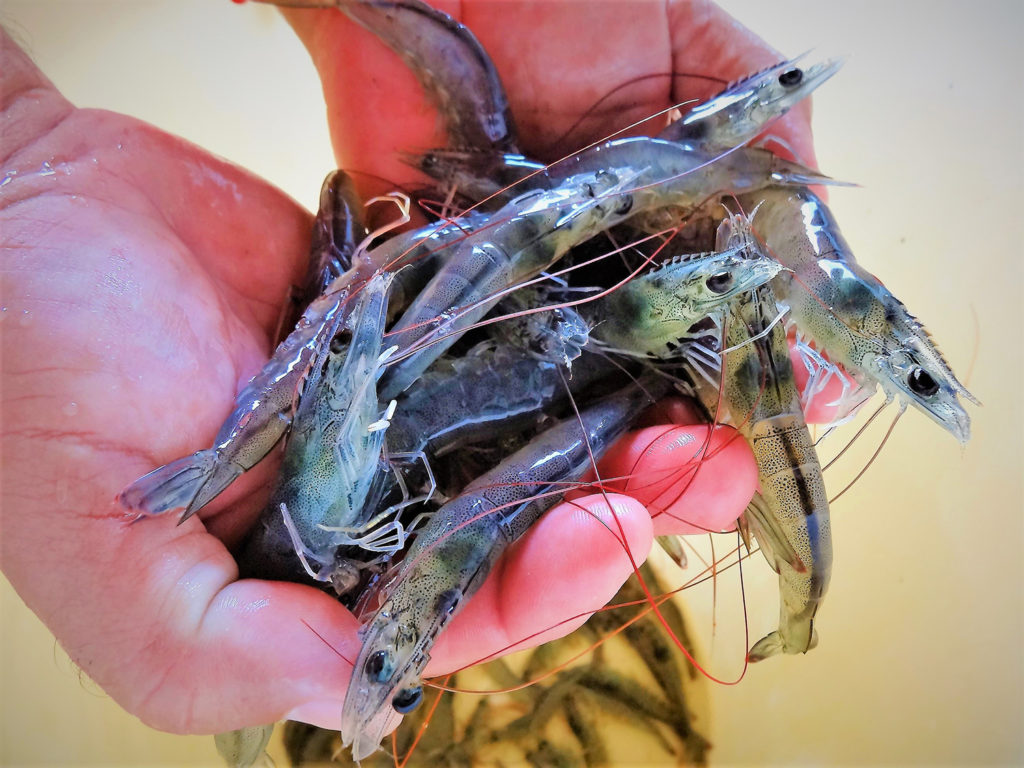
Aquafeeds
Krill meal performs well in shrimp feed experiments
A study of experimental diets for juvenile shrimp showed a halving of fishmeal usage. Limited inclusion of krill meal offset other expensive ingredients.



